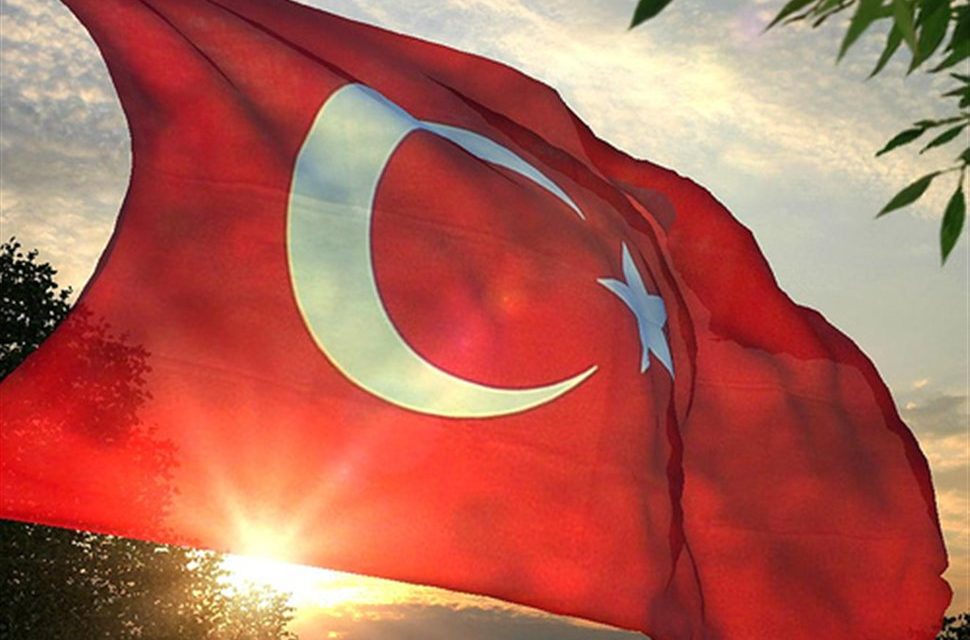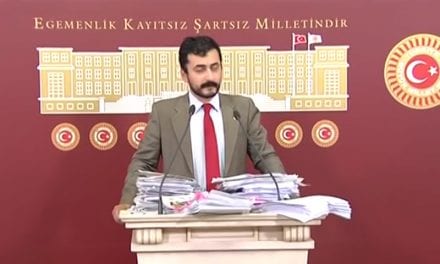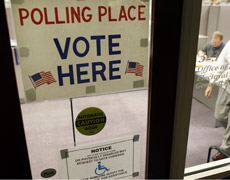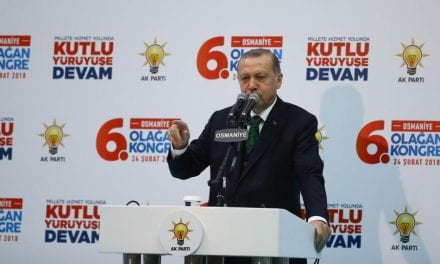By Ahval
The international non-governmental organisation Transparency International has released its Corruption Perceptions Index for 2017, showing worsening trends in corruption in Turkey since 2013.
The index “ranks 180 countries and territories by their perceived levels of public sector corruption according to experts and businesspeople, (and) uses a scale of zero to 100, where zero is highly corrupt and 100 is very clean.”
This year the average score was 43, with over two-thirds of the countries analysed scoring below 50. Turkey’s score of 40 took the country’s run of worsening corruption to five straight years, with a ten point drop placing it 81st on the overall list.
This places Turkey lower on the list than all 28 European Union member countries, with a rating 49 points below the index’s least corrupt country, New Zealand.
 Transparency International noted the worldwide rise of corruption, which it linked particularly to worsening press freedom and freedom of expression around the world.
Transparency International noted the worldwide rise of corruption, which it linked particularly to worsening press freedom and freedom of expression around the world. The analysis pointed out that these areas were in a poor state in Turkey, where “more than 70 journalists and civil society activists were imprisoned” in the last year.
Another influential NGO, Freedom House, noted Turkey’s troubling recent record in this area, classifying Turkey as “not free” in its 2018 report.
Moreover, the dismissal of around 120,000 public officials and legal professionals under the ongoing state of emergency made it “nearly impossible for (Turkey’s) public sector to perform effectively”, according to the analysis.
Transparency International also pointed out the scope for corruption in public projects, saying “public procurements are not subject to the public procurement law and 28 per cent of those subject to the law are not open tenders.”
The lack of transparency in public spending was also alarming, said the report, noting that “all public enterprises with a total value of more than US$40 billion are concentrated under the Turkish Wealth Fund which has not published any figures or activity reports in the last two years.”



















